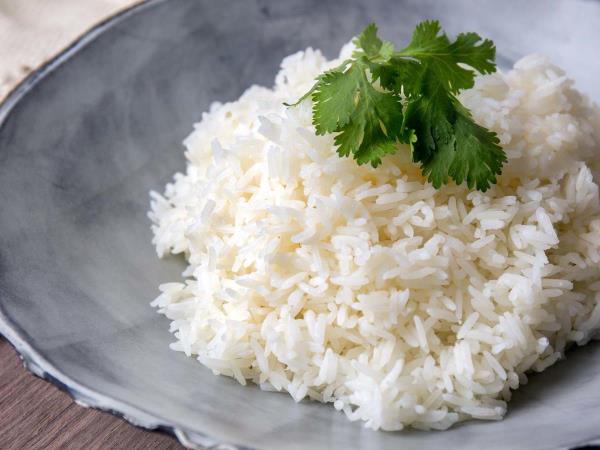Rice is a staple food for over half of the world's population, which means that approximately 3.5 billion people consume it daily. Most of this rice is white in color, as it is popular in many cultures due to its softness, quick preparation, and long shelf life. Although brown rice is often presented as a healthier choice, white rice is not necessarily bad.
Nutritional Value: White vs. Brown Rice
Comparison of the nutritional values between white and brown rice reveals interesting data. For example, one cup (approximately 158 g) of cooked white rice contains about 194 calories, 41.1 g of carbohydrates, 4.6 g of protein, 0.6 g of fat, and 1.4 g of dietary fiber. In comparison, the same amount of brown rice has 228 calories, 48.5 g of carbohydrates, 4.8 g of protein, 1.3 g of fat, and 2.6 g of dietary fiber. We can see that the differences in protein and fat content are minimal, while brown rice has slightly more fiber and calories.
Glycemic Index and Impact on Blood Sugar
Glycemic index (GI) measures how quickly a certain food raises blood sugar levels. White rice has a higher GI than brown rice, which means it can increase blood sugar levels more rapidly. However, the way rice is prepared can affect its GI. A study has shown that cooling cooked white rice for 24 hours at 4 degrees Celsius and then reheating it increases the resistant starch content, which slows down digestion and reduces the body's glycemic response. In this study, the glycemic response to cooled and reheated rice was lower (125 +/- 50.1 mmol.min/L) compared to freshly cooked rice (152 {-15695} 48.3 mmol.min/L).
Resistant Starch: Your Hidden Health Ally
Resistant starch is a type of carbohydrate that resists digestion in the small intestine and ferments in the large intestine, acting as a prebiotic. This means it feeds beneficial bacteria in the gut, which can improve digestion and reduce the risk of certain diseases. Cooling and reheating white rice increases the content of resistant starch, which can positively impact gut health and blood sugar regulation.
Risk of Type 2 Diabetes
Some studies have linked high consumption of white rice to an increased risk of developing type 2 diabetes, especially in Asian populations. For instance, a meta-analysis has shown that high intake of white rice is associated with a 20% higher risk of type 2 diabetes compared to low consumption. However, it's important to emphasize that the risk depends on the overall diet and lifestyle of the individual. Moderate consumption of white rice as part of a balanced diet likely does not pose a significant risk.
Arsenic in Brown Rice: Hidden Danger?
Brown rice contains more arsenic than white rice because arsenic accumulates in the outer layer of the grain, which is removed during the processing of white rice. Although arsenic levels in brown rice are typically low and within safe limits, it's advisable to diversify your diet with different grains to reduce any potential risk.
White Rice in Your Diet
White rice is not necessarily unhealthy. When consumed in moderation and as part of a balanced diet, it can be a beneficial source of energy. To reduce its impact on blood sugar, consider cooling and reheating cooked rice to increase the resistant starch content. It is also recommended to combine rice with fiber and protein-rich foods, such as vegetables, legumes, and lean meats, to slow down digestion and reduce the glycemic response.
Datum: 10. MAY 25 - GOOD TO KNOW
Is white rice healthy or not?
White rice is not necessarily unhealthy if consumed in moderation and as part of a balanced diet. But that's not always easy ...
(FW)
 Would you like to be informed about news on the website?
Would you like to be informed about news on the website?
Just enter your e-mail
White rice nutritional value
Glycemic index of white rice
Resistant starch benefits
Type 2 diabetes risk
Arsenic in rice
|
Copyright (c) Foodwhisper.com March 2018 |
π | Contact: info@foodwhisper.com |
About us | Facebook |  |









